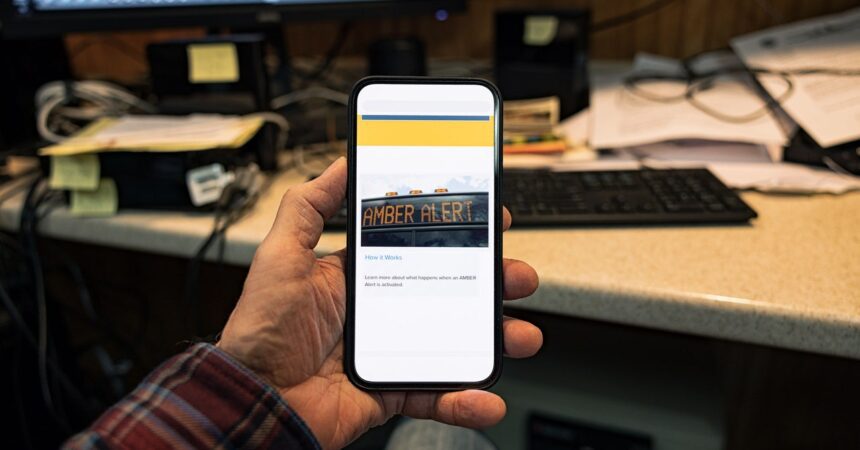The Challenges and Evolution of Emergency Communications on X (Formerly Twitter)
In recent years, the landscape of emergency communications has undergone significant shifts, particularly with the changes implemented on the social media platform X, previously known as Twitter. This blog post explores the ongoing issues government agencies face when disseminating critical information through X, emphasizing recent events, user concerns, and the platform’s evolving role in public safety.
The Amber Alert Controversy
In July 2023, the Missouri Highway Patrol encountered significant problems when it issued an Amber Alert via a push notification linked to X. Local residents expressed frustration because they could only see the alert if they were logged into the platform. Lieutenant Eric Brown of the Missouri Highway Patrol described the situation as a stark departure from the conventional functionality of alert systems, which allowed immediate public access to critical information without requiring an account.
Fortunately, the Missouri Highway Patrol managed to resolve the issue when X verified its account, restoring public access to the agency’s posts. However, this incident raises pressing questions about the reliability of X as a platform for emergency messaging, especially when similar problems could arise in the future.
Verification and Accessibility Issues
While several official accounts of the California Highway Patrol (CHP) are verified, including the one dedicated to statewide alerts, other crucial accounts lack this verification. For example, the Southern Division’s channel, which covers Los Angeles County, remains unverified. This inconsistency potentially puts lives at risk since unverified accounts can lead to misinformation during emergencies.
Moreover, since Elon Musk’s acquisition of Twitter in 2022, a policy shift has prompted X to restrict access to its content. Previously, anyone could view tweets, making the platform invaluable for global disaster communication. However, reports emerged in June 2023 indicating that X began enforcing a log-in requirement to access much of its content, signaling a dramatic change in how public information is shared.
The Shift from Open Access to Restricted Content
Musk described the introduction of login requirements as a “temporary emergency measure," citing concerns over data scraping and service degradation. Yet, the temporary measure has morphed into a more permanent restriction for general users. Recent tests showed that users without accounts can access only a fraction of content, limiting the platform’s utility for those seeking real-time information in emergency situations.
Despite these changes, government accounts, particularly those dedicated to emergency alerts, remain accessible to the public. The California Highway Patrol’s alerts account, for example, can still be viewed without needing to log in, illustrating a disjointed experience for users relying on different government communications.
Impacts on Emergency Services
The previous open access to X’s API (Application Programming Interface) provided emergency communicators and researchers tools to automatically disseminate warnings about natural disasters or monitor essential activity across the platform. Unfortunately, Elon Musk’s revocation of free API access has limited organizations like the US National Tsunami Warning Center from sending automated alerts, effectively shrinking their capabilities in providing timely alerts about potential threats.
As expressed by emergency communication experts, the usability of X has evolved, necessitating a shift in strategy for government entities and agencies. The reliance on X may remain strong due to its vast user base, even as its overall functionality and accessibility have waned.
Future Considerations
Despite the drawbacks and challenges associated with the changes at X, many officials maintain that their priority is to disseminate accurate information to as wide an audience as possible. Government communications personnel have confirmed their intention to continue providing updates on X, as their established presence offers them an audience they cannot afford to lose.
However, the unpredictable nature of third-party services like X raises concerns about the reliability of emergency communication channels. Government agencies might find themselves reconsidering strategies for critical alerts, emphasizing the importance of diversifying platforms they utilize for public safety messaging.
Conclusion
The recent events surrounding X and its role in emergency communications underscore a pressing need for adaptive and resilient strategies among government agencies. As the platform continues to mold its policies, maintaining open, accessible communication will become paramount to ensure public safety, especially in times of crisis. The stark lesson is clear: dependency on any single digital communication platform poses risks, and preparedness requires flexibility amidst evolving digital landscapes.










